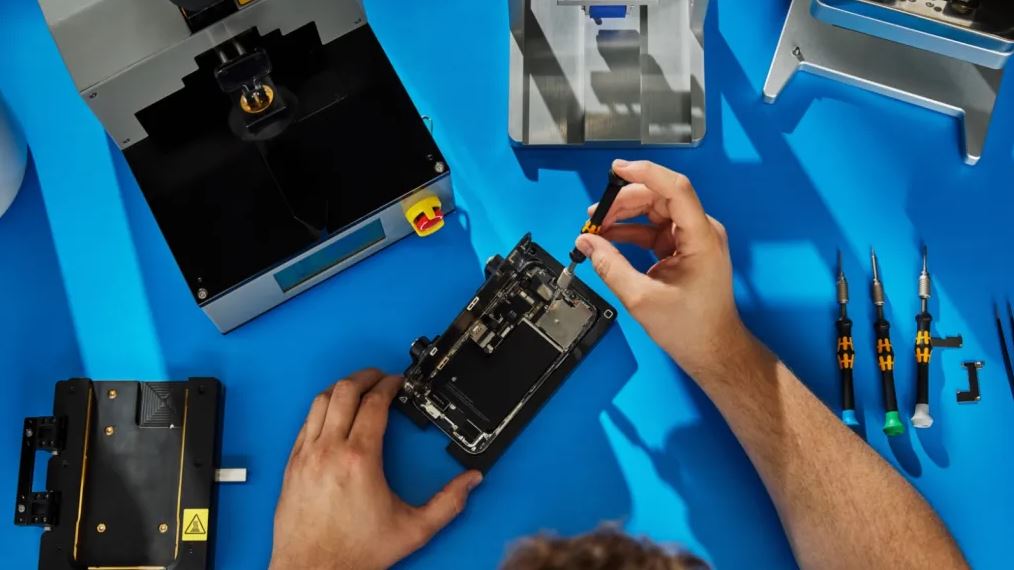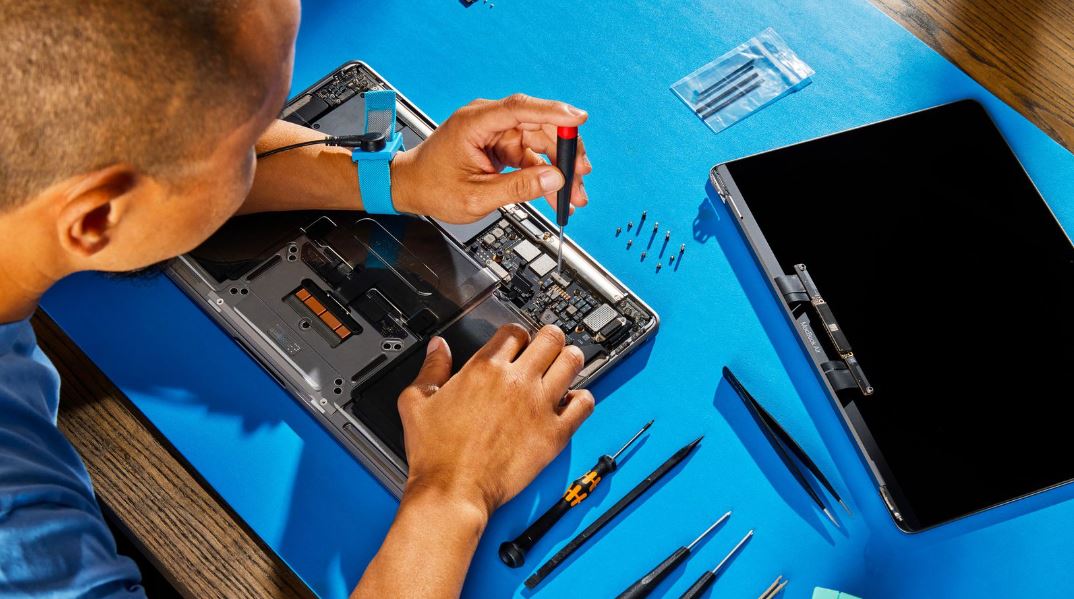Apple’s diagnostic tool for self-service repairs, originally launched in the United States last December, is now accessible across Europe. The service has been activated in 32 European countries, including Spain, the United Kingdom, Germany, France, and the Netherlands.
Please follow us on Twitter and Facebook
Users utilizing the self-repair service can now conduct diagnostics to assess the functionality and performance of their iPhone, Mac, or Studio Display. This allows them to identify which components require repair.
To check if a part needs repair, users simply visit the self-service repair diagnostic website from another device, connect the product in diagnostic mode, and follow the on-screen instructions. The diagnostic platform performs tests to verify software and hardware versions, and identifies issues with screen pixels, touch responsiveness, camera, Face ID, or audio output.
This initiative complements Apple’s existing self-service repair program introduced in 2021. It enables owners to repair their devices from home without visiting an Apple Store or authorized service center. Apple provides advanced user manuals, tools, and components necessary for conducting repairs.
Apple Demonstrates Its Commitment to The Durability of Its Products

Apple emphasizes its commitment to enhancing product durability and extending their lifespan as much as possible. The company’s dedication is evident in a recent report that provides insights into its device manufacturing processes.
Apple outlines its approach to integrating durability into all its products, beginning with rigorous initial tests that identify potential weaknesses. This proactive approach enables Apple to improve components and, when necessary, modify materials or parts before finalizing the device. The company also prioritizes software, including regular security updates, to ensure optimal device performance.
Additionally, Apple incorporates repairability considerations into its product design and manufacturing. The report highlights innovations such as batteries with unidirectional seals for easier removal. The iPhone 15, for instance, features a redesigned rear glass that simplifies repairs and reduces associated costs significantly.
Read Also: Apple Notifies Colombian Engineer Teaching iPhone Repair on Social Media





